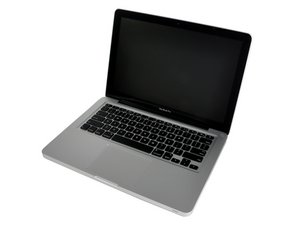I Can't Install macOS
Hey guys, I am working on a MacBook Pro for someone else, and it needs a new Hard Drive. I swapped out the old one for a Solid State, and I have run into lots of problems. No matter what I do, I can't get macOS on it!
I have created a USB installer using the code at Terminal. I put it into the MacBook Pro. It boots without a problem, I format the Solid State drive choosing the name "Macintosh HD" GUID Partition Map, and Mac OS Extended (Because I am installing High Sierra). Once I choose Install macOS from the recovery menu, I choose the drive to install the system on, it loads, restarts, and that's where I have a problem.
It restarts to a prohibitory sign. It will stay there for a while, then go away, and load to the recovery menu from the USB drive again. Even if I choose Mac OS Install while holding Option at startup, the problem remains.
I have installed macOS on lots of MacBooks and iMacs in the past, I do not know what's happening here.


 8
8  2
2 
 329
329